Water Molecules Found in Moon Soil
Scientists say water molecules have been found in samples taken from the moon in China, a groundbreaking discovery. When Chinese scientists analyzed soil samples their lunar probe brought back from the moon, they found something unexpected: water, as well as minerals, was found in the soil.
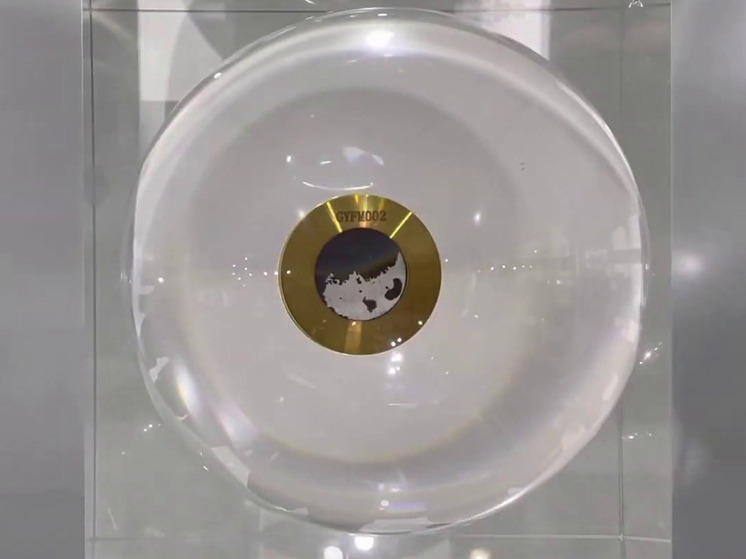
The discovery of water on the Moon in itself is not something new, CNN notes. Spacecraft from NASA and India have discovered what they believe is water on the lunar surface, and Chinese scientists last year discovered water in glass beads scattered across the lunar surface.
But this is the latest discovery. Scientists say this is the first time water in its molecular form, H2O, has been detected in physical samples — and, importantly, it was recovered from a part of the Moon where scientists previously thought water in this form could not exist. , CNN emphasizes.
Researchers looked closely at samples collected by China's Chang'e 5 probe, which landed on the moon in 2020, and found a «prismatic, plate-like transparent crystal» about the thickness of a human hair that was actually an «unknown lunar mineral» dubbed ULM-1, according to the study, which was published in the journal Nature Astronomy.
According to the study, ULM-1 crystals (with the chemical formula (NH4)MgCl3 6H2O) are made up of about 41% water, with traces of ammonia keeping the H2O molecules stable despite the moon's extreme temperature swings, CNN notes.
This type of water could be a potential «resource for life on the moon,» the scientists wrote in their study.
The discovery is the latest in China's broader push to become a dominant space power, with ambitions including building a research base on the moon. The research was praised by excited Chinese social media users, who pointed to the space program as a source of national pride.
«The discovery of a hydrated mineral at the Chang'e 5 landing site is exciting and will further advance our understanding of reactions between rocks and vapors in the lunar crust and on the lunar surface,» said David A. Kring, chief scientist at the Lunar and Planetary Institute in Texas, who was not involved in the study.
According to Yuqi Qian, a planetary geologist at the University of Hong Kong, there may be three types of water on the moon. There are water molecules, a compound we know as H2O; its frozen form, ice; and a molecular compound called hydroxyl, a close chemical relative.
Previous discoveries suggested that water existed on the moon when volcanoes erupted in the distant past, and that lunar water came from those volcanoes, meaning it came from inside the moon and has been there since the moon's early days, CNN notes.
But humans haven't always known there was water on the moon, even though scientists have theorized about its existence for hundreds of years. At times, researchers believed the moon was dry, especially after initially finding no water in samples collected by NASA's Apollo mission and the Soviet Union's Luna mission.
Only in recent years have scientists discovered that water, ice and water molecules are mostly located at the dark, cold poles of the Moon, where sunlight does not penetrate. Recent research has also shown that water, or hydroxyl, may be trapped in glass beads scattered across the lunar surface, and that solar winds may convert hydroxyl (the chemical formula OH) into water, or H2O.
But the moon's poles are difficult to navigate because of their rocky terrain, making them difficult places for humans to get water. And molecular water is «unstable in other regions of the moon,» evaporating at lower latitudes where temperatures can exceed 100 degrees Celsius (212 Fahrenheit), Yuqi Qian said.
This new study changes that, CNN reports.
The samples taken by China's Chang'e 5 probe were taken from the mid-latitude region of the moon, located at 43.1 degrees latitude, an area that is typically «unstable for molecular water,» Yuqi Qian said. The samples contained ammonium, which acted as a stabilizer for the water molecules, he explained.
This mechanism also supports NASA's findings in 2020, when its SOFIA telescope discovered traces of water on the lunar surface, although at the time scientists could not confirm the discovery with physical samples or explain exactly how water was retained on the hot surface.
“I think this new discovery has great potential in that we can extract molecular water directly from the lunar soil,” said Yuqi Qian. “I think this is a new mechanism for maintaining the stability of molecular water on the lunar surface.”
David Kring of the Lunar and Planetary Institute cautioned that while the sample was taken at mid-latitudes, “it’s not clear whether it formed there. Impact processes can redistribute the rock across the lunar surface.”
A growing number of countries, including the United States, are considering the strategic and scientific benefits of expanded lunar exploration, CNN reports. China has made rapid strides in recent years, reflecting leader Xi Jinping’s “eternal dream” of becoming a space power. And in 2013, China became the first country to land a robotic human on the moon in nearly four decades. Then, in 2019, China became the first and only country to land on the far side of the moon. Three years later, China completed construction of its newest orbital space station, Tiangong.
And Beijing has other plans to land astronauts on the moon by 2030 and build a research base at its south pole.
Experts have previously told CNN that understanding how water is stored on the moon is useful because it could point future lunar astronauts to potential resources that could one day be converted into drinking water or even rocket fuel.
Following the latest study, many Weibo users have raised the possibility of growing plants or crops on the moon using the molecular water in the soil. But Qian said it was too early to draw such conclusions. Growing anything on the moon would depend on factors such as the abundance of water, which would require further research to confirm. However, he added, “This is a new phenomenon, this new mechanism will open the door to finding new water in this new form.”
De
David Kring also cautioned that the findings so far “do not have significant implications for exploration mission architecture, although they do demonstrate that discoveries await those willing and able to explore the Moon.”
China's rapid progress has drawn attention NASA. The space agency has not been allowed to work with its Chinese counterparts since 2011, when Congress passed the Wolf Amendment, citing concerns about espionage. But in August last year, China did open access to samples of Chang'e-5 to the international community.
“We’re going through a process right now with our scientists and our lawyers to make sure that the regulations and the barriers that the Chinese are insisting on … are not a violation of the law, the Wolf Amendment,” NASA Administrator Bill Nelson recently told CNN. “I don’t see a violation at this point.”
But such issues have kept China out of the International Space Station (ISS), spurring its efforts to build the Tiangong station, which has become a rival to the U.S., especially as the ISS prepares to close in 2031.
These restrictions on international space cooperation and China’s own rise have left some Chinese social media users feeling vindicated by the latest discovery, with online comments and state media coverage hailing the achievements of the country’s space program.
“This is a demonstration of our country’s scientific and technological strength!” wrote one user on the Chinese social media site Weibo, where a hashtag celebrating the discovery has been viewed 35 million times.
Another user thanked the country’s space program, writing, “We are at the forefront of lunar scientific research in the world.”
Other Weibo users called for closer cooperation for the benefit of humanity, noting that the study was published in an international journal peer-reviewed by experts from different countries.
“We can’t work behind closed doors – it would be better to bring all their scientists to China,” wrote one.


















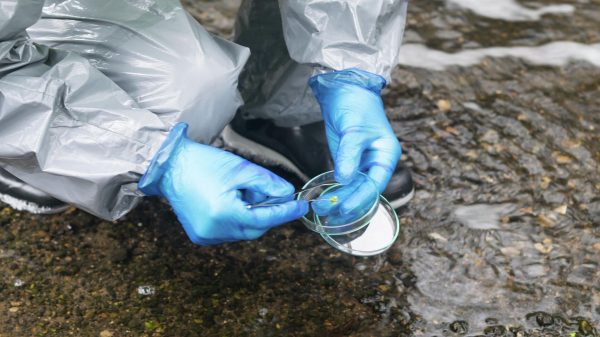
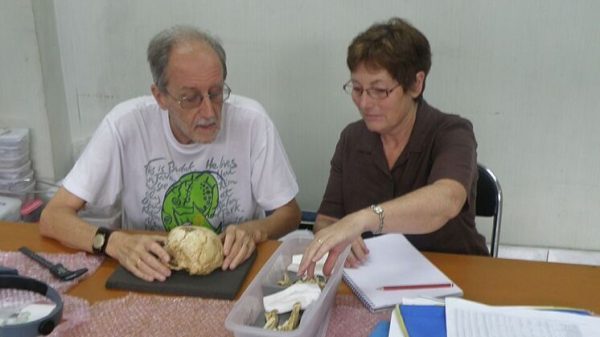

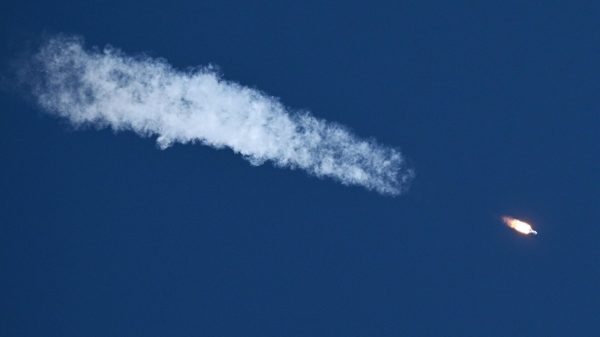















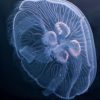
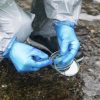
















Свежие комментарии